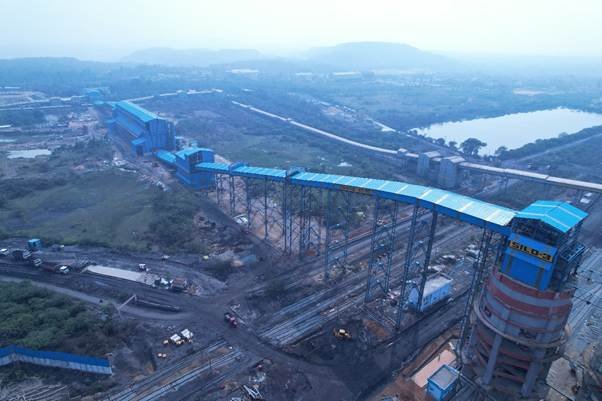Three-pronged strategy advocated
The Confederation of Indian Industry (CII) has called for multi-stakeholder consultations across the value chain with a special focus on affordability of consumers as India embarks on one of its strategic goals of transportation transition driven by energy choices.
CII advocates a three-pronged strategy to make this transformational shift in transportation.
“Constructive Disruptions driven by market forces coupled with enabling policies is the kernel of any innovation and we are hopeful that the same is adopted as India readies itself for the advent of new technologies in mobility including electric vehicles,” said Vikram Kirloskar President CII said.
The government has recently announced a Mission on Transformation Mobility and Transmission to be led by NITI Aayog.
CII has engaged with stakeholders from various interlinked industries like renewables electricity and power, battery makers and auto manufacturers to create recommendations that will help India achieve its goals of lowering emissions and conform to commitments on climate change.
“It is important to set the goals right and work towards them as we look at fuel efficiencies and choices for future mobility solutions. The processes of how we get there should be driven by market and industry, to get the best results for the nation,” the CII president said.
One of the first strategies to adopt is to set the right goal that should be seen from the macro perspective of carbon footprint and energy security.
The target and the timeline set to achieve the desired goal needs to be deliberated with diverse stakeholder consultations at the initial phase so that it is both sustainable and achievable.
While India has managed to position itself globally with ambitious targets, it will be important to take stakeholders along, in setting the targets.
CII applauds the government for its bold and ambitious targets set in the recent past like the goal to set up 175 GW in renewables by 2022, a much-acclaimed move globally.
Second, CII also urges the government to be technology-agnostic in its approach as the transportation sector like any new industry segment is witnessing huge and transformative innovations both in vehicles and batteries.
“It will be constructive to allow multiple technologies as long as they are fuel efficient and meet standards of safety and quality,” Kirloskar said.
This is true for batteries as India needs to also look at the challenges of sourcing raw material that will need to keep geo-political priorities of the country in mind. Openness to all technologies with clear goals should help stakeholders make the right choices.
The final strategy for making the transformative mobility mission effective revolves around affordability of customers which will depend on market forces.
Vehicles like two wheelers and three wheelers are preferred modes of transport in rural villages and towns where most of India resides. It may be significant to record the growth in this segment and how it impacts household income. In 2018, two-wheeler market breached the 21 million units mark for the first time.
While on one hand, motorcycles are used by small businessmen and farmers in rural areas, scooters are often used as family vehicles – more as a second two-wheeler used by the women or young adults in the families. Increased mobility in the rural belts is a sign of inclusive economic growth as it helps many bridge the rural-urban divide.
According to estimates by SIAM, the auto industry association, the industry’s turnover is close to half of the manufacturing GDP, supports 37 million jobs and contributes 11% of the GST revenues of the country. It also supports a host of manufacturing and services industries. Any policy decision in this regard will thus need to keep pace with the ground realities, said a CII release on 9 June 2019. fiinews.com










